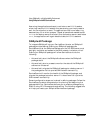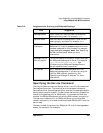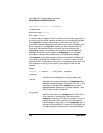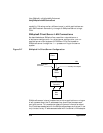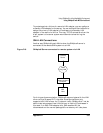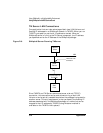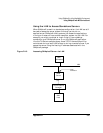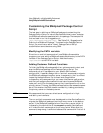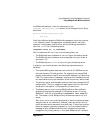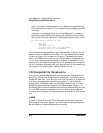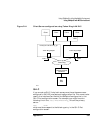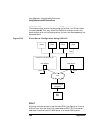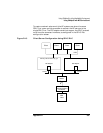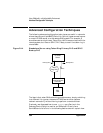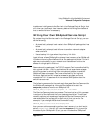
376 Appendix D
Using SNAplus2 in a High Availability Environment
Using SNAplus2 with MC/ServiceGuard
Customizing the SNAplus2 Package Control
Script
The last step in defining an SNAplus2 package is customizing the
Package Control Script to instruct ServiceGuard how to start and stop
the SNAplus2 software associated with the package. The example file
that we used in our list of suggestions is
/etc/cmcluster/sna/sna.cntl. See Table D-2, “Suggestions for
Defining the SNAplus2 Package.” To customize the Package Control
Script, you must use an editor like vi. Package Control Script
customization cannot be done using SAM.
Modifying the PATH variable
Since the run and halt commands will use SNAplus2 executable
programs, you must add the SNAplus2 executable directory to the PATH
variable in the Package Control Script. Add the directory
/opt/sna/bin to the PATH variable.
Adding Customer Defined Functions
To finish the SNAplus2 package definition, add commands to start and
stop the SNAplus2 package to the Package Control Script. The
commands you will use depend on your specific SNA network
configuration. If possible, design the run and halt commands to migrate
the SNAplus2 package to another server transparently; that is, without
impacting the applications. For the best level of application
transparency, we recommend that you use a client/server configuration,
and that you configure ServiceGuard to activate the same SNAplus2
node, port, and LS on the backup server that is configured to run on the
primary server. This way, the SNAplus2 applications can access the same
set of LUs whether the SNA network connectivity is being provided by
the primary server or the backup server.
NOTE We recommend that you use a client/server configuration in high
availability environments.
The run and halt commands must be designed to allow ServiceGuard to
migrate the SNAplus2 package from the primary server to the backup
server. If the SNAplus2 package fails on the primary server (which is
indicated by the termination of the snapmon process), ServiceGuard
will invoke the halt commands on the primary server. Most often the
command, snap stop, is sufficient because that command will halt all of



